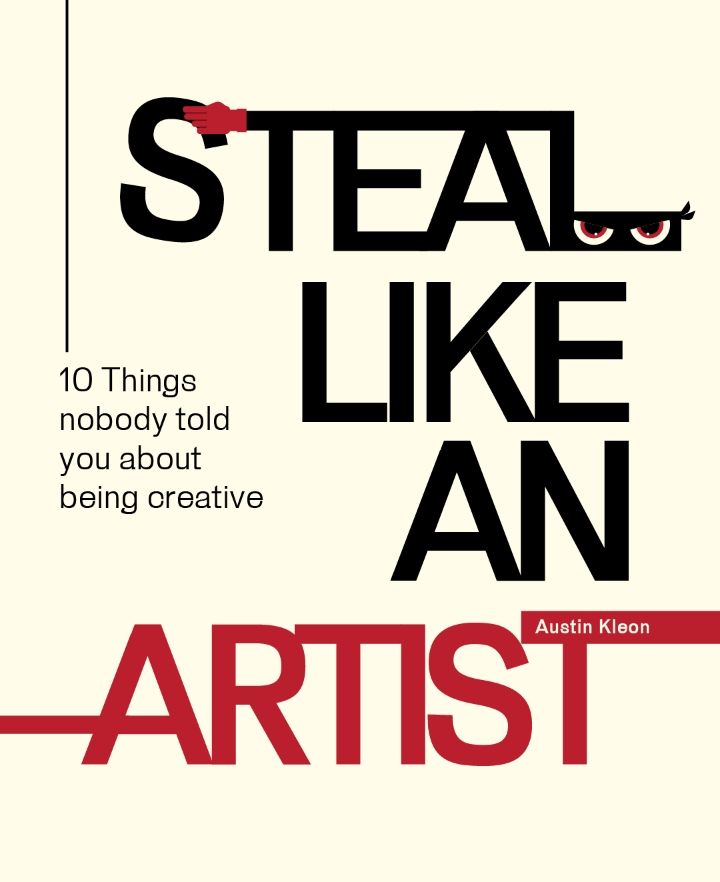Aesthetic judgment is based on emotional response from "summary" of The Sense of Beauty by George Santayana
Aesthetic judgment, in its essence, is rooted in emotional response. When we encounter a work of art, whether it be a painting, a piece of music, or a sculpture, our immediate reaction is often one of emotional engagement. This emotional response is what ultimately guides our judgment of the aesthetic value of the work. It is not a rational or logical process, but rather an intuitive and immediate reaction to the sensory stimuli presented to us. This emotional response is deeply personal and subjective, varying from individual to individual based on their own unique experiences, values, and sensibilities. It is this subjectivity that gives aesthetic judgment its richness and complexity, as each person brings their own emotional baggage to the table when engaging with a work of art. While some may argue that aesthetic judgment should be based on objective criteria such as technical skill or adherence to established artistic conventions, Santayana argues that these considerations are secondary to the emotional response elicited by the work. He believes that the true test of a work of art lies in its ability to evoke a powerful emotional reaction in the viewer, rather than its adherence to external standards of beauty or craftsmanship. In this way, aesthetic judgment becomes a deeply personal and individualistic process, shaped by our own emotional responses and experiences. It is through this emotional engagement with the work that we are able to derive meaning, beauty, and significance from art, transcending the limitations of rational thought and entering into the realm of pure aesthetic pleasure.Similar Posts
Art can foster a sense of community
The act of creating and engaging with art has the remarkable ability to bring people together, creating a sense of connection a...
Time has a way of distorting our perceptions
The progression of time has a peculiar quality of altering our understanding of the world around us. As days turn into weeks, a...

You are a mashup of what you choose to let into your life
This idea that you are a mashup of what you let into your life is a powerful one. It suggests that we have control over who we ...
Importance of art in society
Art plays a crucial role in society, acting as a mirror reflecting the cultural, social, and political aspects of a community. ...
True art transcends mere craftsmanship
In the realm of art, craftsmanship is often seen as a fundamental aspect of creative production. It involves the mastery of tec...
It can lead to unexpected discoveries
The creative act relies on a mysterious faculty within the artist or poet. This intuitive power allows the artist to delve deep...

The relationship between Bhava and Rasa
Bhava, the inner state or mood, and Rasa, the aesthetic experience or emotion, are two fundamental concepts in Indian Aesthetic...
The interplay between reason and passion shapes our moral character
In his exploration of Stoic Romanticism and the Ethics of Emotion, Jacob Risinger delves into the intricate relationship betwee...
The Birth of Tragedy reveals the creative power of embracing life's contradictions
In the world of Greek tragedy, we are confronted with a profound realization: that life's contradictions are not something to b...
The modern artist must push boundaries to create new forms
The modern artist finds himself in a world that is constantly changing and evolving. In order to stay relevant and make an impa...
